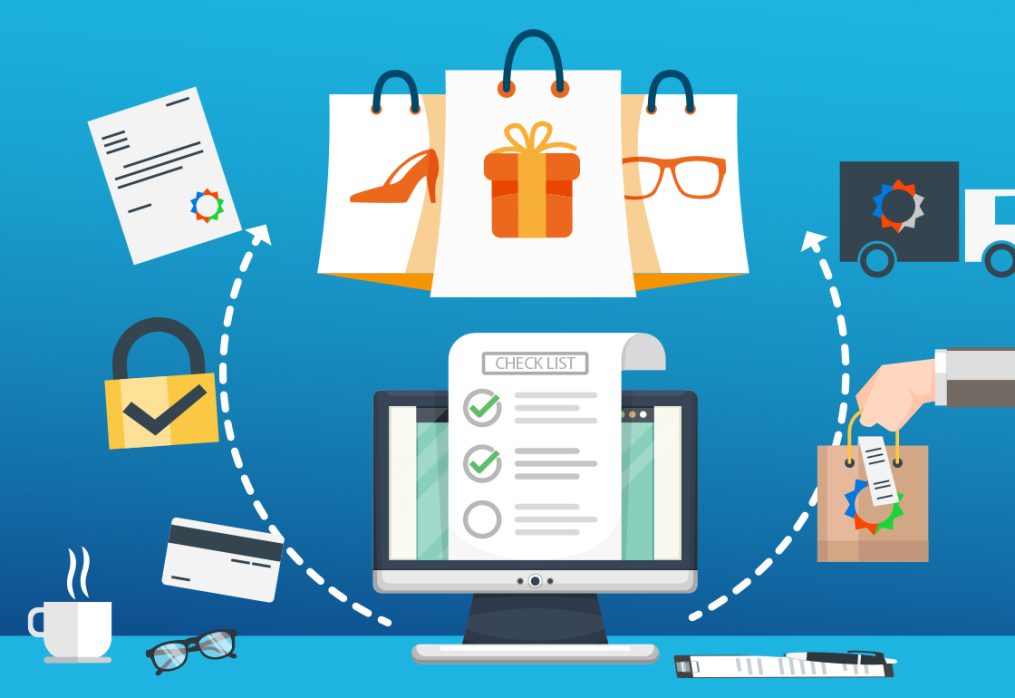Ecommerce Platforms: Choosing The Best Ecommerce Software
When selling online, finding and choosing the right ecommerce platform for your business is perhaps one of the most important decisions that you’ll make, however, there are a plethora of ecommerce platforms to choose from. While the basic function of ecommerce platforms is to enable businesses to accept online payments as well as collect the information necessary to be able to ship products out to customers, deciding on which ecommerce platform to sell on should also depend on your own business and your plans to grow.
Sometimes there are only minute differences between the features of different ecommerce platforms but even these can affect your profit margins. In many cases, there are hidden costs for services to sync your inventory to online marketplaces or to dropship products. In other cases, you may realize that the platform is not the best fit for your online marketing or search engine optimization strategies. These are just a few reasons why it’s important to do a little more research into how your business needs fit with your chosen ecommerce platform.
In this post, we break down the core elements you need to know about ecommerce platforms so you can begin narrowing down your search to find the best fit for your business.
What is the Best Ecommerce Platform For You?
While there are some leaders in the space, there is no “best” platform overall, it really does depend on your specific needs, however, we’ll show you exactly what to look for so you can choose the best ecommerce platform for your particular business and business model.
DIFFERENT STROKES FOR DIFFERENT FOLKS
Ultimately, there are a lot of great ecommerce platform options available to entrepreneurs now. Shopify, BigCommerce, and Squarespace are all great options which come highly recommended not only by us but by others in the ecommerce community, however, there are some other more niche platforms that have popped up in recent years that are suited for specific purposes such as creating a marketplace (ShareTribe), selling digital products (Gumroad), selling subscriptions boxes (Cratejoy), selling to other businesses (NuOrder), or taking pre-orders (Celery).
We’ll cover each of the traditional ecommerce platforms in greater detail throughout this article, including a full overview of the top ones, and we’ll lightly discuss the merits of the niche ecommerce platforms so you can get a sense of what platforms are out there and available to you.
Considerations When Choosing An Ecommerce Platform
Before getting started on narrowing down your ecommerce platform choices, there are a few fundamentals you’ll want to think carefully about, first, that’ll help you later identify which platform will be the best fit for your business. In this section, we’re going to go over the fundamentals as well as some of the advantages and disadvantages of each.
SO, SHOULD YOU SELL ON A MARKETPLACE OR YOUR OWN STOREFRONT?
Think of it this way: If you were planning on opening a physical store the equivalent question would be, “Should you open a kiosk inside a mall or your own standalone custom boutique?” The differences are remarkably similar to digital storefronts as well.
First, if you were to open up a kiosk inside a mall, you’ll have restrictions. For example, your sign has to be a certain size and it has to be placed in the spot provided by the mall. When you open your own standalone store, you can design things however you like.
Second, if you open a kiosk inside the mall, you’re guaranteed some traffic. The mall does a lot of the marketing for you to bring people through the doors which means you’ll benefit from the foot traffic walking by your kiosk. This is great because you’ll get traffic without having to work very hard for it, except… You’ll have to pay for it. Usually with malls, as a store owner, you’ll pay something called “percentage rent”. This means that you’ll pay a base rent per month for your store’s space in the mall, but you’ll also pay the mall a percentage of all the sales your store makes because they helped bring foot traffic to your store.


